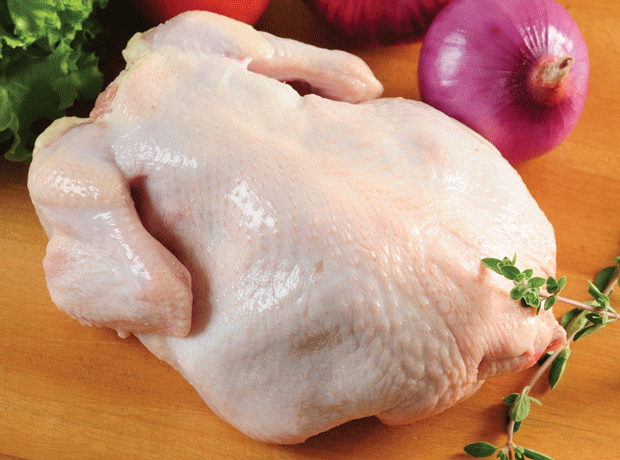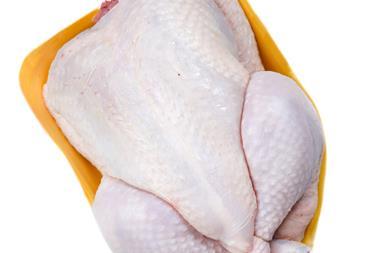
The Food Standards Agency is considering telling shoppers to avoid shopping at certain supermarkets because of their campylobacter rates, as the industry is set to fail its 2015 targets for reducing the food poisoning bug in chicken.
The current collective industry target is for no more than 10% of chickens to be highly contaminated with campylobacter at the end of the slaughter process.
In papers to be presented at an FSA board meeting next week, the agency says while significant improvements have been achieved by some retailers and suppliers, others are expected to fall short of achieving this.
New approaches are therefore needed, it says, including potentially giving consumers clearer guidance on how different retailers vary in their campylobacter performance and advising them on where they should shop in light of these differences.
“If there were differences in performance between retailers and their supply chains that were both consistent over time and material in terms of their potential public health impact, we could consider advice we might offer to consumers,” the FSA says in its paper. “This advice might, for example, take the form of advice on changes they might choose to make to their purchasing habits.”
Such advice is likely to be subject to legal challenges, the FSA acknowledges, “and appropriate legal advice would need to be taken on any proposed wording”.
Legislative options
The FSA board paper also suggests UK and European legislative options should be considered, including a legally binding limit for campylobacter rates. This could take the form of a microbiological safety limit, which would make the sale of contaminated chicken illegal.
The FSA is also looking at possibly setting a new campylobacter reduction target for beyond 2015, pending consultation with industry. Plus, it wants to move away from talking about contamination rates at the end of slaughter to contamination rates “at retail”.
Richard Griffiths, director of food policy of the British Poultry Council, said the industry was happy to work with the FSA in considering appropriate legislative options.”We’re pleased that the FSA board is seeing the progress being made in tackling campylobacter,” he added. ”This is a culmination of many years of partnership working and we hope to see more developments made in the coming months. We said from the outset that all options should be on the table and revision of European legislation is something we will be exploring with the FSA.”
Retailers and suppliers have stepped up efforts to deal with campylobacter, including creating financial incentives for low contamination rates, investing in new technology such as rapid surface chilling and steam treatments and launching packaging formats to reduce the risk of contamination, such as ovenable bags.
However, they have also stressed that campylobacter remains a complex, poorly understood bug and have urged the FSA to be clear in its communication with consumers that differences in contamination rates cannot always be explained or attributed to certain practices.

















No comments yet